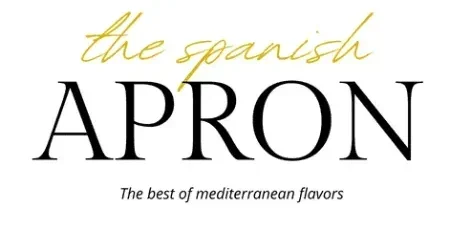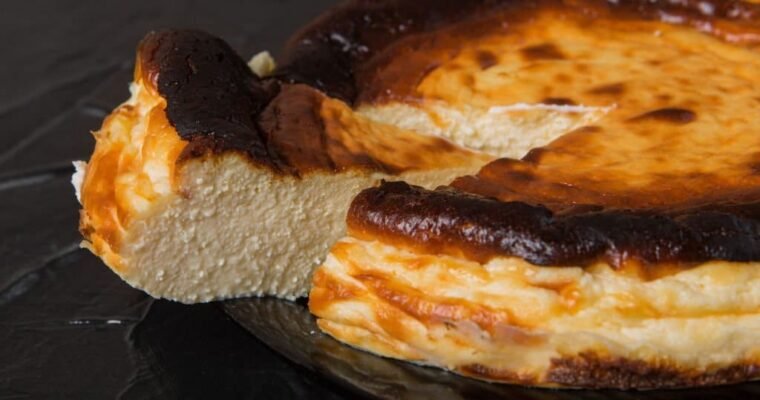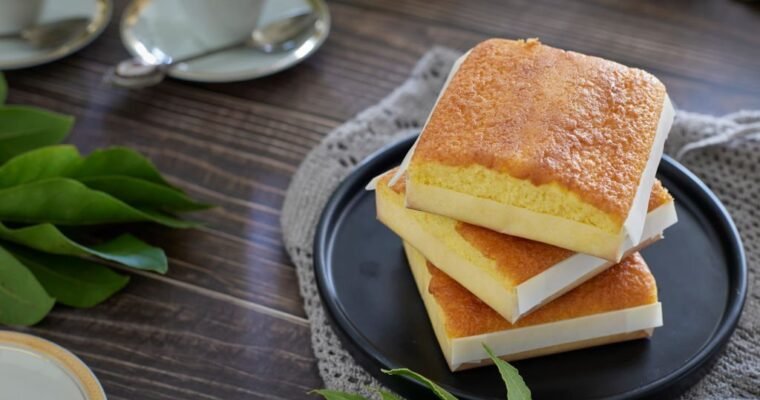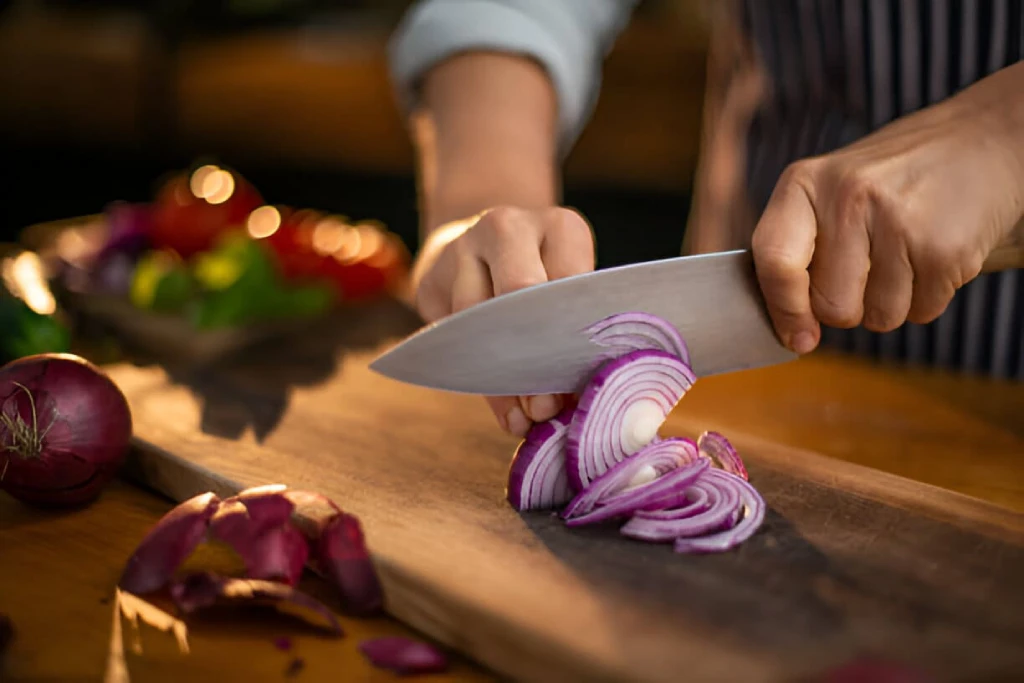Torrijas, often referred to as Spanish French toast, are a delectable sweet dessert that holds a special place in Spanish culinary traditions. This breakfast recipe, originating in Spain, has evolved over time to become one of the best dessert recipes loved by locals and visitors alike. Let’s delve into the fascinating history of torrijas, explore its delightful variations, and uncover some helpful tips and tricks for perfecting this indulgent treat.
The History and Origins of Torrijas: A Sweet Spanish Delight
The torrija has a rich history dating back to the 15th century when it was first mentioned in a Spanish cookbook. It was initially prepared as a dish for Lent, using stale bread soaked in milk, sweetened with honey, and flavored with spices like cinnamon and nutmeg. Over the years, torrijas gained popularity, eventually becoming a year-round treat enjoyed on special occasions and during the Easter season.
The Irresistible Variations of this Spanish French Toast
Torrijas has evolved to encompass various creative twists. Some popular variations include using different types of bread, such as brioche or baguette, to add unique flavors and textures. Some recipes call for infusing the milk mixture with citrus zest or vanilla extract for an aromatic touch. Additionally, torrijas can be served with a side of caramel sauce, fresh fruit, or even a scoop of ice cream, elevating their taste and presentation.
Tips and Tricks for Perfecting Your Torrijas Recipe
- Stale bread is ideal for torrijas as it absorbs the milk mixture without becoming overly soggy.
- Allowing the bread to soak in the milk mixture for a few seconds ensures it absorbs the flavors evenly.
- When frying, maintain the oil at a moderate temperature to achieve a golden-brown crust while ensuring the interior remains soft.
- Drain excess oil from this Spanish French Toast by placing them on paper towels after frying.
- Coating the torrijas in sugar and cinnamon while they are still warm ensures a delightful and aromatic finish.
Torrijas, the Spanish sweet dessert reminiscent of French toast, has a captivating history and offers a wide range of tantalizing variations. Whether you savor them as a breakfast indulgence or as a delightful dessert, Spanish French Toast is sure to please your taste buds. By following the tips and tricks shared here, you can create a batch of these heavenly treats that will impress your family and friends. Add a touch of Spain to your culinary adventures and enjoy the irresistible charm of torrijas.

Torrijas: A Sweet Spanish Delight with a Twist
Ingredients
- 8 Thick slices of stale bread Preferably a day or two old
- 2 cups Whole milk
- ½ cup Granulated sugar
- 1 Cinnamon stick
- 3 Large eggs
- Vegetable oil for frying
- Sugar and ground cinnamon for coating
Instructions
- In a saucepan, combine the milk, sugar, and cinnamon stick. Place over medium heat and heat until the mixture starts to simmer. Stir occasionally to dissolve the sugar. Once simmering, remove from heat and let the mixture cool for about 10 minutes. Remove the cinnamon stick.
- Pour the milk mixture into a shallow dish or baking pan.
- Dip each slice of bread into the milk mixture, making sure it is thoroughly soaked on both sides. Allow the bread to absorb the liquid for a few seconds.
- In a separate bowl, beat the eggs until well combined.
- Heat vegetable oil in a large frying pan over medium-high heat.
- Dip each soaked slice of bread into the beaten eggs, coating it evenly on both sides.
- Carefully place the coated bread slices in the hot oil and fry until golden brown on each side. This should take about 2-3 minutes per side.
- Once fried, transfer the torrijas to a plate lined with paper towels to drain excess oil.
- In a shallow dish, combine sugar and ground cinnamon to create a coating mixture.
- While the torrijas are still warm, coat them in the sugar-cinnamon mixture, ensuring they are evenly coated on all sides.
- Serve the torrijas warm or at room temperature. They can be enjoyed on their own or served with a drizzle of honey, syrup, or a sprinkle of powdered sugar.








